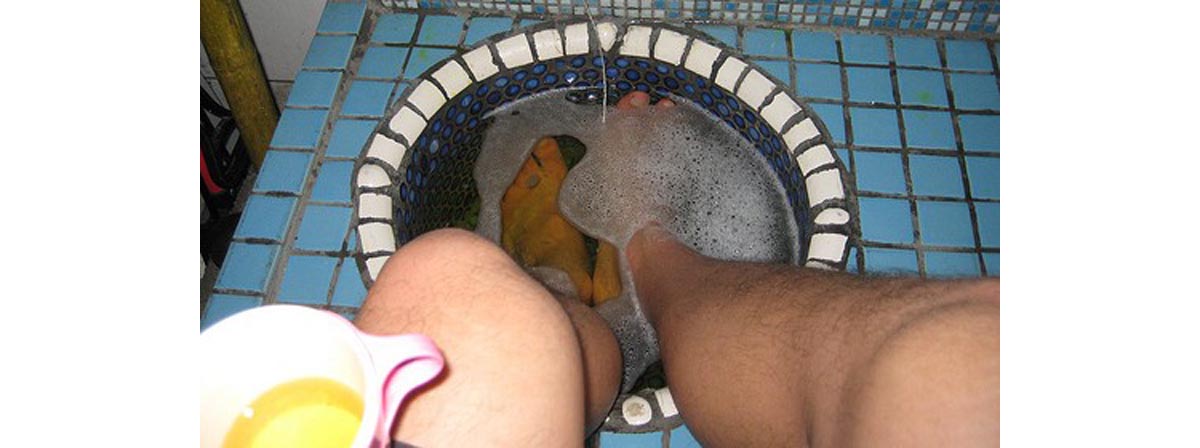Table of Contents
They can easily be treated, but are difficult to cure: meaning that they are extremely likely to come back again. It is thought that the means by which the skin forms them is very complex, involving growth factors, and the skin retains a memory for forming them, so just does it again – and again!

Also, if the cause of the corns is not removed – pressure and friction - it is obvious that the same thing will happen and they form again. So prevention is better than seeking a cure.
How can they be prevented?
Fashion shoes have a lot to answer for. You only have to look at the shape of the toes of some shoes – narrow and pointed and not at all like the shape of foot – to realise that they are going to rub on the tops of toes, as well as rubbing toes together.
High heels tip the foot down into the toes of the shoe, again cramming them together. Tight shoes (as high-heeled court shoes have to be in order to stay on) will rub the sides and heel of the foot, potentially leading to corns.
But fashion shoes are not the only culprits – any poorly-fitting or tight shoes can rub the feet.
So make sure your everyday shoes are a good, but not tight fit and reserve high-heels and ‘winkle-pickers’ for special occasions only.
It should be said that some people will still develop corns despite good footwear, as their walking pattern is not ideal and leads to uneven distribution of pressure. The areas of excessive pressure will develop hard skin and corns – such as the balls and sides of the feet.
What is the treatment?
The best way of treating corns is to have them removed by a professional foot specialist – a podiatrist.
At the same time they will identify the cause of the corns and how to avoid them.
Can you treat corns yourself?
A lot of money is made from the sale of home treatments for corns. Creams, plasters and lotions containing keratolytics (‘skin dissolvers’ or ‘caustics’) like salicylic acid, will certainly soften the area around the nucleus of the corn, but are unlikely to enable you to remove that hard centre. Also because they are very non-specific, they damage the skin generally – particularly the softer normal skin. This can be particularly dangerous in people with diabetes who may go on to develop ulcers as a result of such damage.
Corn ‘knives’ sold for use at home are also not a good idea, because of their potential for damage of normal skin.
Again, corn knives should never be used by anyone with diabetes, because of the potential to cause a wound, which may be difficult to heal and become infected.
Some people suffer with exceptionally painful corns, which they just cannot get rid of and find treatment very painful. These are known as neurovascular corns and contain nerves and blood vessels, which make them so painful and hard to treat. Fortunately they are not very common and podiatrists have special techniques for their removal involving use of an electrical current (electrosurgery).
- Neale’s Disorders of the Foot. 8th Edition. Published by Churchill Livingstone, Edinburgh, UK
- Photo courtesy of Marionette by Wikimedia Commons : en.wikipedia.org/wiki/File:Corns.jpg
- Photo courtesy of Mike Czyzewski by Flickr : www.flickr.com/photos/21687588@N07/3374504369/
- www.podiatrycare.com.au/conditions-we-treat/corns-and-callus
- www.sorefoot.co.uk/corns.htm


Your thoughts on this